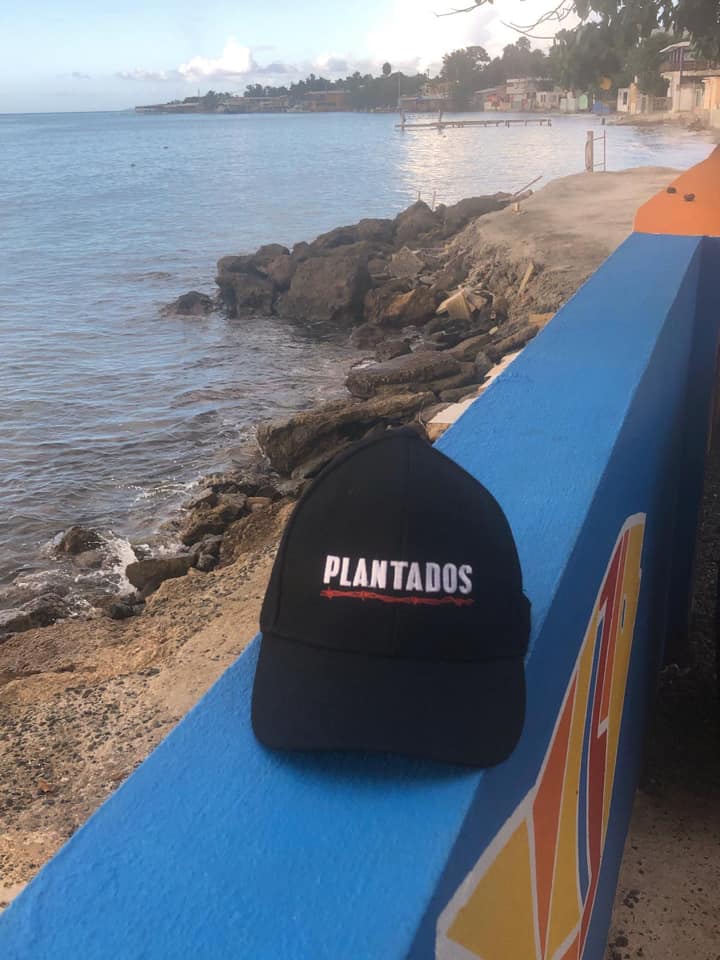 In Cuba In Cuba
The world’s sugar prices provided Cuba with the largest export revenue, with peaks and valleys, known in Cuba as “vacas gordas” (fat cows, i.e., years of good world sugar prices) and “vacas flacas” (lean cows, i.e., years of low world sugar prices.)
Cuba’s raw sugar production, in millions of tons, in the ten years before Fidel Castro took over the industry in 1960, fluctuated from a lowest 4.4 in 1955 to a highest 7.0 in 1952.
During the Cold War years, the Soviet government provided subsidies to Cuba in the form of low-cost oil and by purchasing of sugar at inflated prices. These actions played an important role in sustaining the Cuban sugar industry and the overall Cuban economy.
Other major sugar producing countries modernized sugar mills, harvesting and transportation. Cuba did not. Why bother with modernization and efficiency if the Soviet Union was providing sugar and oil price subsidies?
The Soviet Union collapsed in 1992. Russia and its former Soviet Union satellite countries discontinued their subsidies to Cuba.
On April of 2002, Fidel Castro announced the closing of more than half of Cuba's 156 sugar mills.
The annual production of sugar was 1.4 million tons in 2012, as reported by Reuters. The internal consumption in Cuba is at 700,000 tons, and shipments to China, for loans and commercial transactions payable in sugar, are close to 400,000 tons, leaving very little for exports earning hard currencies. In effect, Castro bankrupted the sugar industry.
Abroad
After the 1960 confiscations, sugar mill and sugar plantation owners left Cuba, to seek their fortunes abroad. Some became success stories such as the Fanjul family, while others did not fare well, as narrated by John Paul Rathbone, The Sugar King of Havana, Penguin Press, 2010, in reference to Julio Lobo.
Alfonso Fanjul and other Cuban refugees raised $640,000 to buy 4,000 acres in Pahokee (in 1960.) By barge, they brought sections of three small sugar mills from Louisiana and reassembled them into the Osceola mill. Fanjul’s sons, Alfonso "Alfy" Fanjul, Jr. and Jose “Pepe” Fanjul, are the current leaders of the company.
Today, along with their subsidiaries, as the world's largest sugar refiner, their production capacity exceeds 7 million tons of sugar per year with operations in Florida, California, Louisiana, New York, Maryland, Canada, Mexico, England and Portugal.
Juan Prieto provided the following information. He worked with the Fanjuls in Florida and the Dominican Republic. He is an engineer with extensive sugar industry background.
The Fanjul family owns the sugar mills Okeelanta and Osceola in Florida, and La Romana in the Dominican Republic. The annual production of these sugar mills are 400,000, 250,000, and 300,000 tons respectively, for a total close to one million tons.
Macroeconomic Failure in Cuba
Castro’s decision to reduce production of sugar by 80% in 2002 left idle expanses of fertile land estimated at around three million acres. The Cuban leadership, never short of intentions, announced grandiose plans to put all of that land to produce primarily foodstuff crops to reduce the dependence on imports at around 1.5 billion dollars annually.
As always in the economic field, Castro’s bureaucratic management fell short at the time of delivery, leaving vast expanses of that land covered by “marabu,” a weed that spreads easily, particularly on unattended fertile land. Raúl Castro sarcastically acknowledged in a 2007 speech, the wide expanse of “marabú” fields he saw in Camagüey province while traveling along countryside roads.
A Communist bureaucracy precludes that people seriously engage in the work of government sugar milling and farming. The failed centralized economic model, in existence for over 50 years, continues to choke the latent productive forces innate to the Cuban people.
Microeconomic Success Abroad
The Fanjul family put their sugar industry expertise to work, gained during the years in Cuba, as well as their innate sense of entrepreneurship. Their companies have become the world's largest sugar refiner through internal growth and acquisitions.
It is noteworthy to remark that the Fanjuls produce close to one million tons of sugar annually in three modern sugar mills in Florida and the Dominican Republic, while around 50 decrepit sugar mills in Cuba only managed to produce 1.4 million tons in 2012, its best output in recent years.
It is still more remarkable that, as sugar refiners, the Fanjuls’ production has grown to over seven million tons of sugar per year during a fifty-year time span, whereas Castros’ Communist government, in full control of practically all aspects of Cuba’s economy, has only brought misery to its people in the same period of time |










0 comentarios:
Publicar un comentario